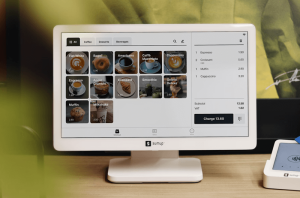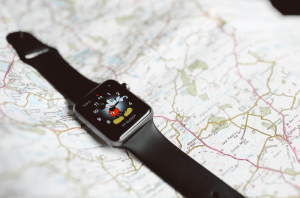
Innovation or Overhyped Gadgetry?
The smartphone market’s latest obsession – foldable displays – has evolved from niche concept to mainstream ambition. With Samsung’s Galaxy

The smartphone market’s latest obsession – foldable displays – has evolved from niche concept to mainstream ambition. With Samsung’s Galaxy Z Fold 5 and Google’s Pixel Fold leading the charge, 2023 might be remembered as the year foldables went commercial. But are these high-priced devices truly practical, or just flexing tech for early adopters?
Engineering Breakthroughs
Modern foldables address early pain points:
Real-World Use Cases
Power users report benefits:
The Elephant in the Room: Pricing
With flagship foldables costing 1,399−1,399−1,799, manufacturers face adoption barriers. However, emerging brands like Honor and Oppo are disrupting the space with sub-$1,000 models featuring:
The Verdict
Foldables remain luxury items but signal meaningful evolution in mobile computing. As prices drop below $800 in 2024 (Counterpoint Research forecast), these devices could redefine our smartphone expectations.

The smartphone market’s latest obsession – foldable displays – has evolved from niche concept to mainstream ambition. With Samsung’s Galaxy

Budget Kings (20−20−80) Soundcore Life P3 35hr total battery with ANC IPX5 sweat resistance Surprising bass response Best for: Gym

Apple AirPods Pro 2 H2 chip enables adaptive transparency Personalized spatial audio with iOS 16 MagSafe charging case with Find

The computing world faces its biggest architectural showdown since the 1980s: traditional x86 processors versus ARM-based chips. With Apple’s M2